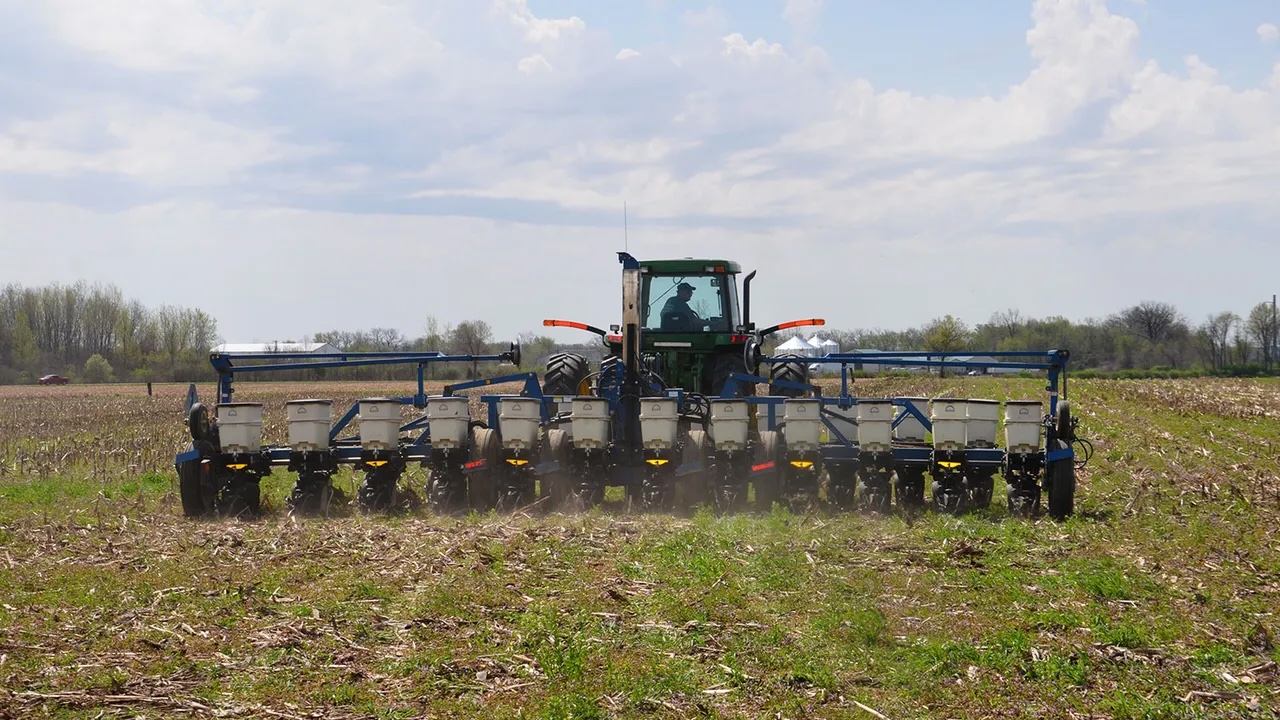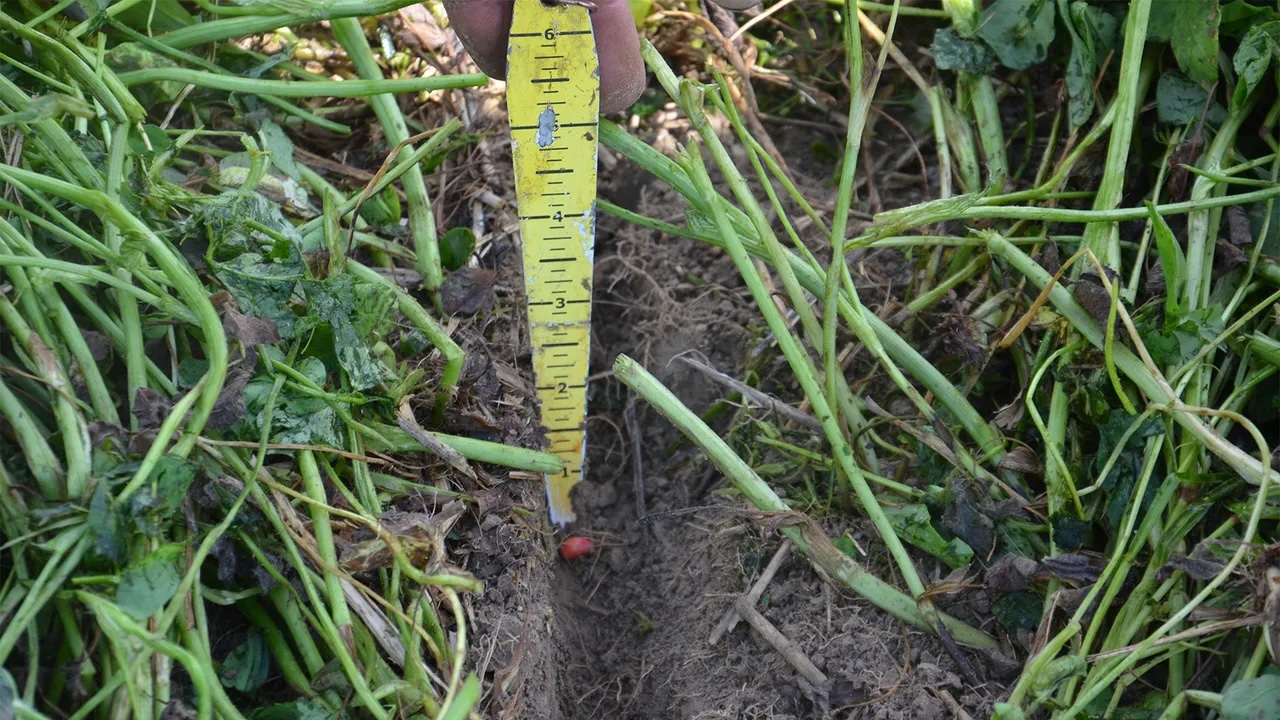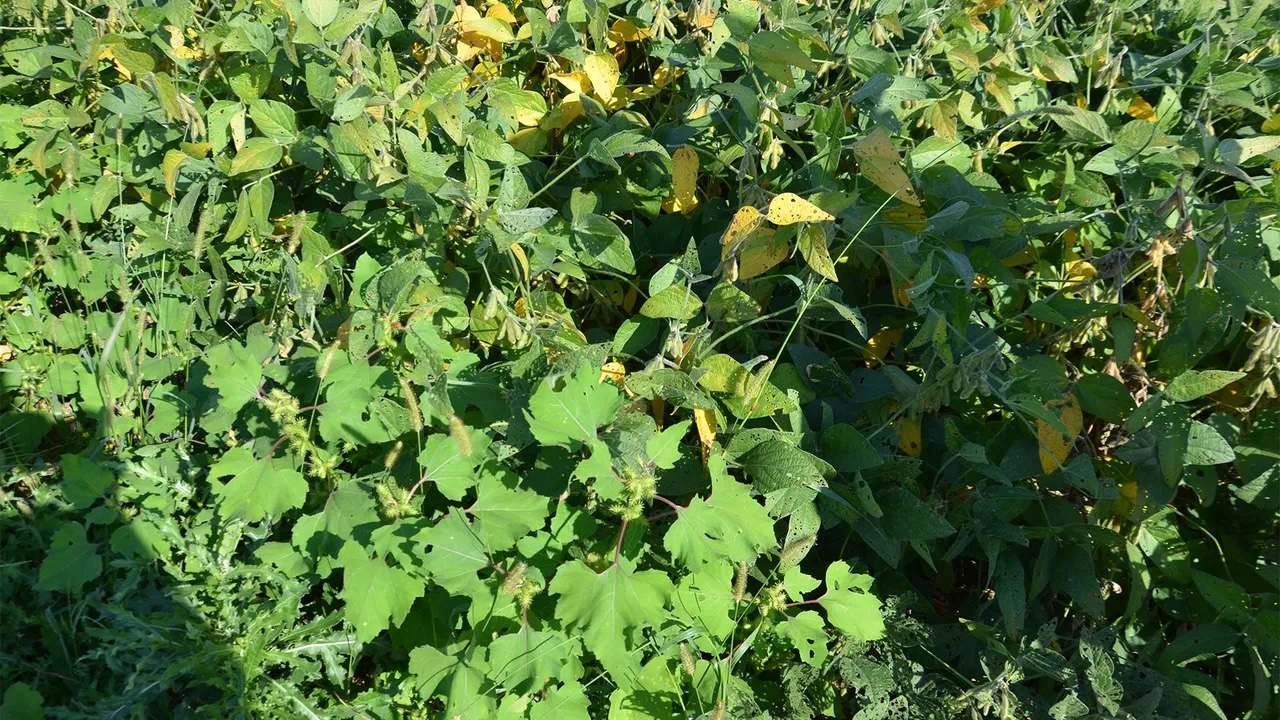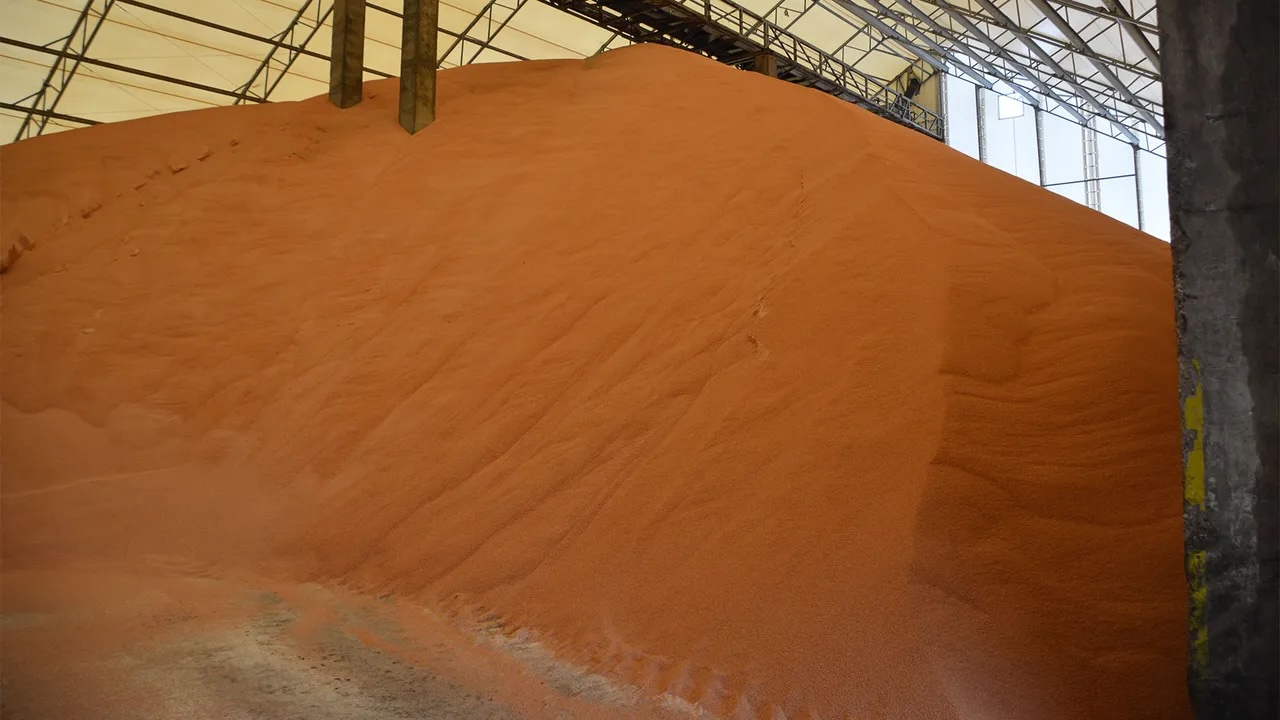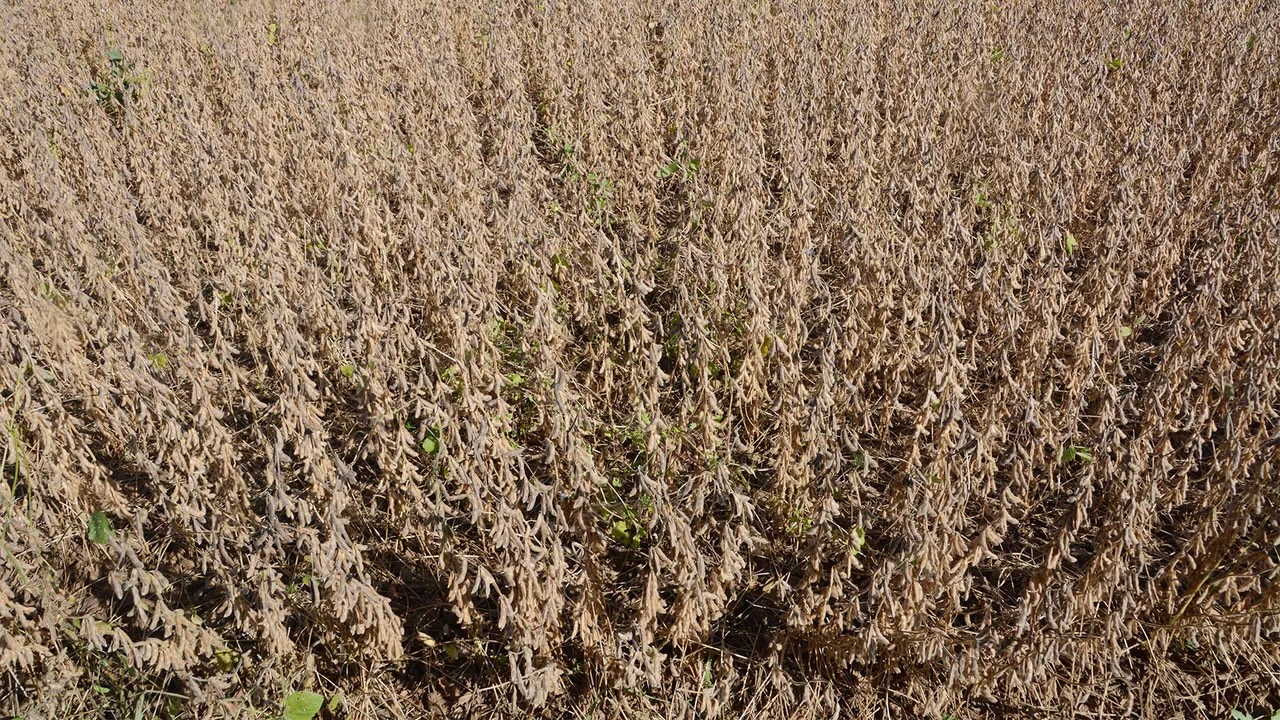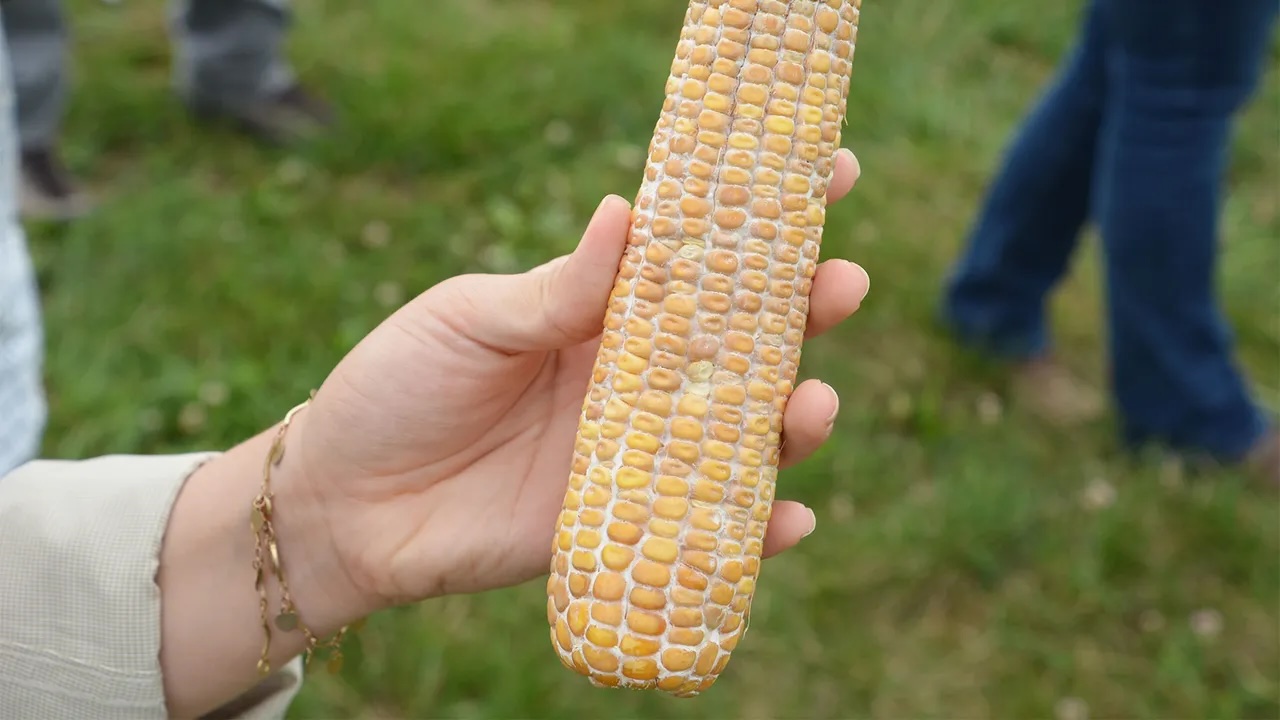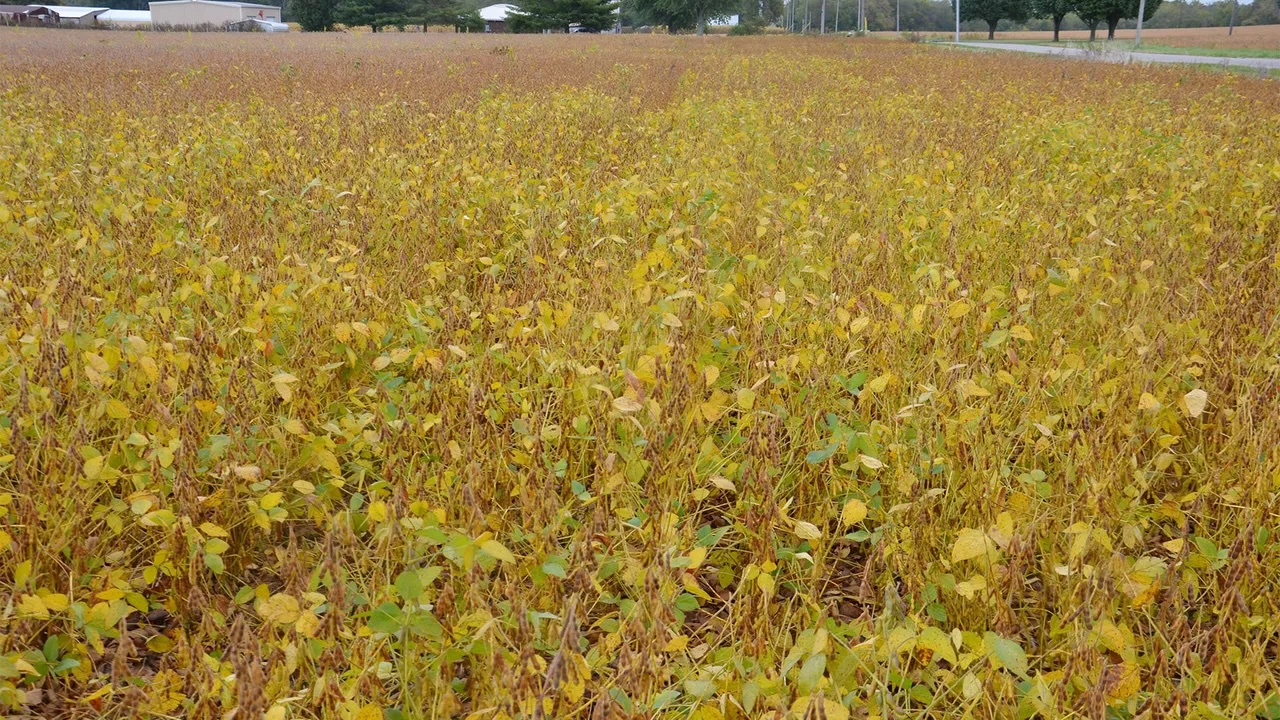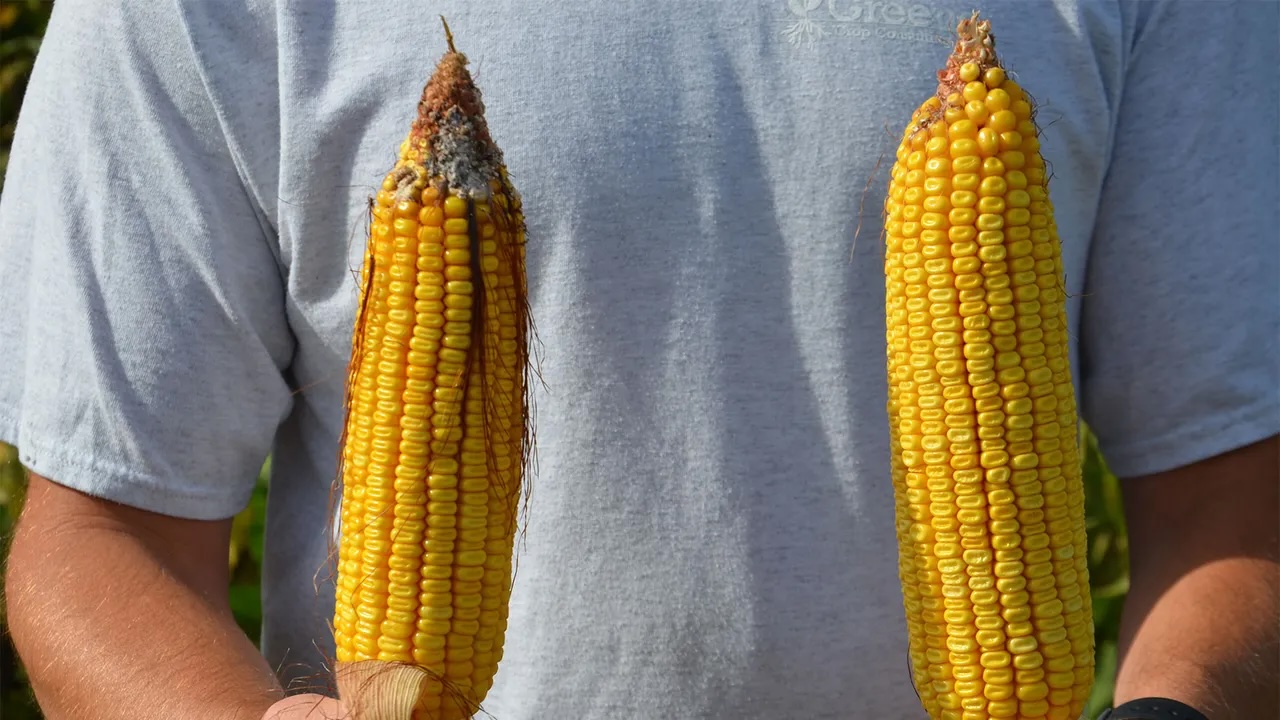Think carefully before cutting nutrients

We might cut back from 210 pounds of nitrogen per acre in corn. My son thinks we could cut zinc and sulfur. We must reduce costs. Could we do one or both?
The Indiana certified crop advisers panel answering this question includes Andy Like, independent crops consultant, Vincennes; Jeff Nagel, agronomist with Ceres Solutions, Lafayette; Marty Park, agronomist with Gutwein Seed Services, Rensselaer; and Dan Quinn, Purdue Extension corn specialist.
Like: The answer depends heavily on yield potential, soil type and soil test levels. I would cut zinc and sulfur and leave the 210 pounds of N alone unless you have seen significant zinc and sulfur deficiencies. You should get some in-crop release of zinc and sulfur from previous crop residues. The risk of yield loss from lack of N is fairly high if you go much below 210 pounds, especially if there are heavy rainfall events, or if ideal weather conditions result in a high-yielding crop requiring lots of nitrogen.
Nagel: Optimizing return on investment is a good goal for any year and is specific to your farm. Having sufficient nitrogen during grain fill along with good plant health is important for increasing kernel weights, thus yield. An N rate of 210 might be a little aggressive on some soils, but in the range for other soils. A good place to run scenarios is the N rate calculator. Using split N and N stabilizers are also ways to enhance nitrogen use efficiency.
We continue to see value in sulfur in nutrient plans, even on more productive soils. Yield response may not occur every year but is often significant when it occurs. I lean toward keeping it in the program. Work with a trusted adviser on selecting the correct type of sulfur fertilizer. Use soil test zinc results and/or plant analysis to gauge the need for zinc.
Park: All three elements are very important and could possibly limit yield. Optimum economic nitrogen rates depend upon many factors. Weather plays into it in a very big way. Review Nitrogen Management Guidelines for Corn in Indiana. It might shed light on how your 210 pounds per acre compares to agronomic optimum nitrogen rates and economic optimum nitrogen rates. Maybe you can adjust your application timing to gain more efficiency, or simply reduce nitrogen rates 10 to 15 pounds to keep sulfur and zinc in the program.
Quinn: Zinc will probably incur the least risk if removed. Soils in Indiana often supply adequate amounts of micronutrients. Responses can be highly variable. However, still take soil and tissue samples to determine if any may be needed.
Sulfur responses can also be variable, but large yield responses can be observed in certain soil types and environments. In-season tissue testing can help determine if your corn has adequate sulfur levels.
Nitrogen is the most important nutrient. Determine if 210 pounds is the most economical nitrogen rate. Test these questions on your farm. Leave check strips without zinc and sulfur. See if yield differences are observed. Also, try a few different nitrogen rates and determine if a lower nitrogen rate still maintains yield or is more economical. Purdue University nitrogen rate recommendations can be helpful.



